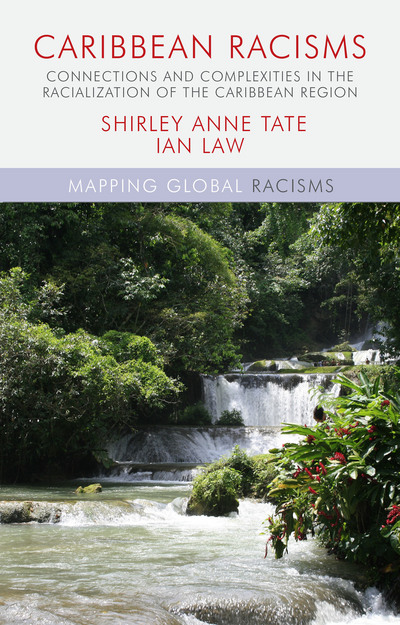Black Death: Gore, Geographies and the Gallows in JamaicaPosted in Articles, Caribbean/Latin America, History, Media Archive on 2016-01-28 16:14Z by Steven |
Black Death: Gore, Geographies and the Gallows in Jamaica
African American Intellectual History Society
2015-10-12
Jessica Marie Johnson, Assistant Professor of History
Michigan State University

Pierre Eugène du Simitière, ca. 1757-1774
One evening, on a road in Jamaica, a soldier belonging to the “Mulatto Company” made his evening rounds. He came upon a black man in the woods. The soldier called for his attention. Receiving no answer, he killed him.
Upon closer inspection, the man was identified as a “new negro” gathering wood to sell in town. Death was not the end for the “negre nouveau.” Once he was dead, his body was placed in a cage hung from a gallows planted at a busy intersection in town. His body remained “for all to see” at that crossroads–somewhere between Montgomery’s Corner, near a road named Rockport, and close to One Mile Stone. After two years, he/it was called ‘Fortune,” and the black men, women, and children who passed treated the body as a relic, an item with spiritual powers or import…
Read the entire article here.






